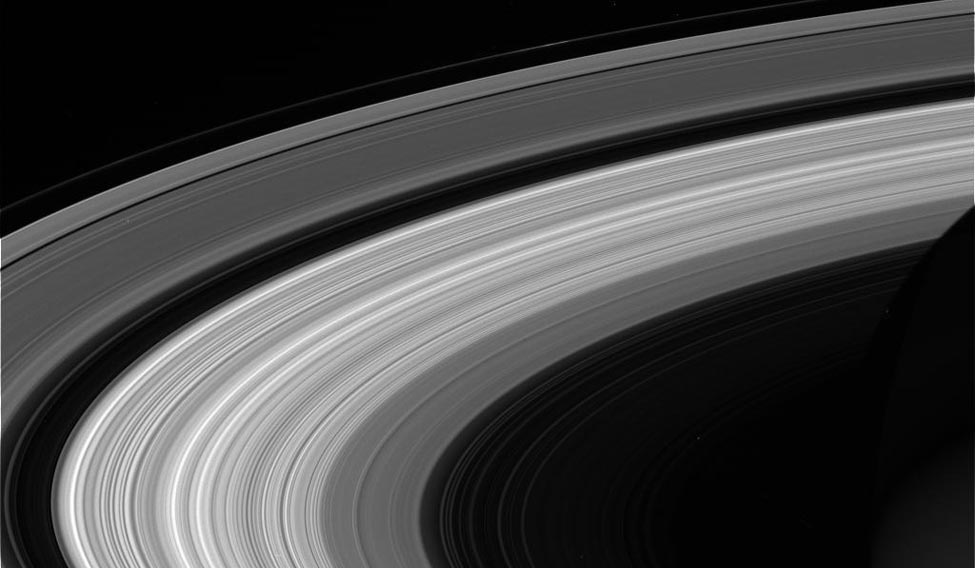NASA's Cassini mission has begun transmitting data—including the final images taken by its imaging cameras—in advance of its final plunge into Saturn on Friday.
The spacecraft is in the process of emptying its onboard solid-state recorder of all science data, prior to reconfiguring for a near-real-time data relay during the final plunge, NASA said.
The unprocessed images of the Saturn system shared by NASA were taken by the Cassini spacecraft on Wednesday.
Cassini is ending its 13-year tour of the Saturn system with an intentional plunge into the planet to ensure Saturn's moons - in particular Enceladus, with its subsurface ocean and signs of hydrothermal activity - remain pristine for future exploration.
The spacecraft's fateful dive is the final beat in the mission's Grand Finale, 22 weekly dives, which began in late April, through the gap between Saturn and its rings.
No spacecraft has ever ventured so close to the planet before.
The mission's final calculations predict loss of contact with the Cassini spacecraft will take place on Friday at 7.55 a.m. EDT (5.25 pm Friday India time).
Due to the travel time for radio signals from Saturn, which changes as both Earth and the ringed planet travel around the Sun, events currently take place there 83 minutes before they are observed on Earth.
This means that, although the spacecraft will begin to tumble and go out of communication at 6.31 a.m. EDT (4.01 pm India time) at Saturn, the signal from that event will not be received at Earth until 83 minutes later.
"The spacecraft's final signal will be like an echo. It will radiate across the solar system for nearly an hour and a half after Cassini itself has gone," said Earl Maize, Cassini project manager at NASA's Jet Propulsion Laboratory (JPL) in Pasadena, California.
"Even though we'll know that, at Saturn, Cassini has already met its fate, its mission isn't truly over for us on Earth as long as we're still receiving its signal," Maize said.
Cassini's last transmissions will be received by antennas at NASA's Deep Space Network complex in Canberra, Australia.
Live mission commentary and video from JPL Mission Control will air on NASA Television and the agency's website from 7 to 8.30 am EDT on Friday.





